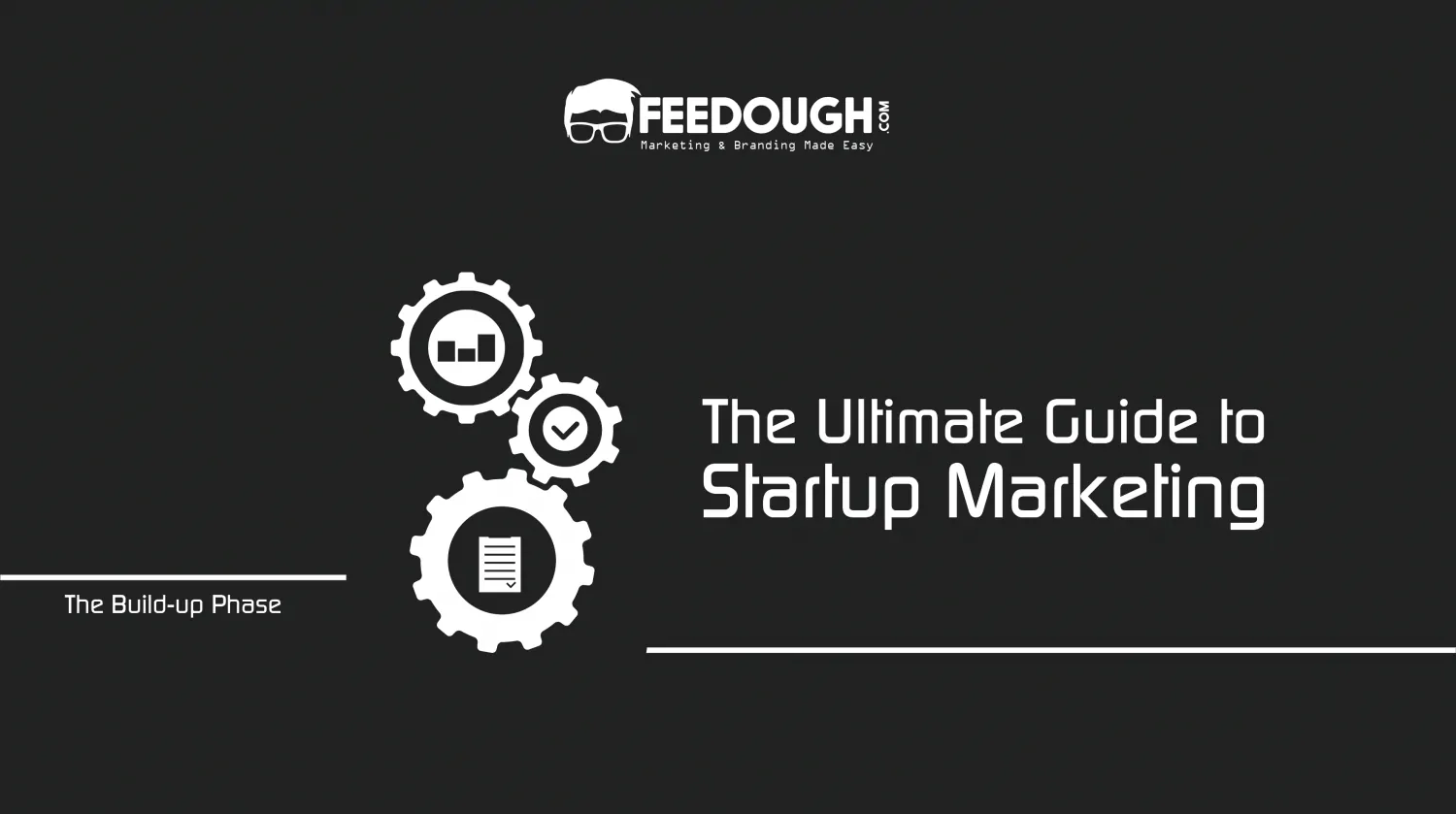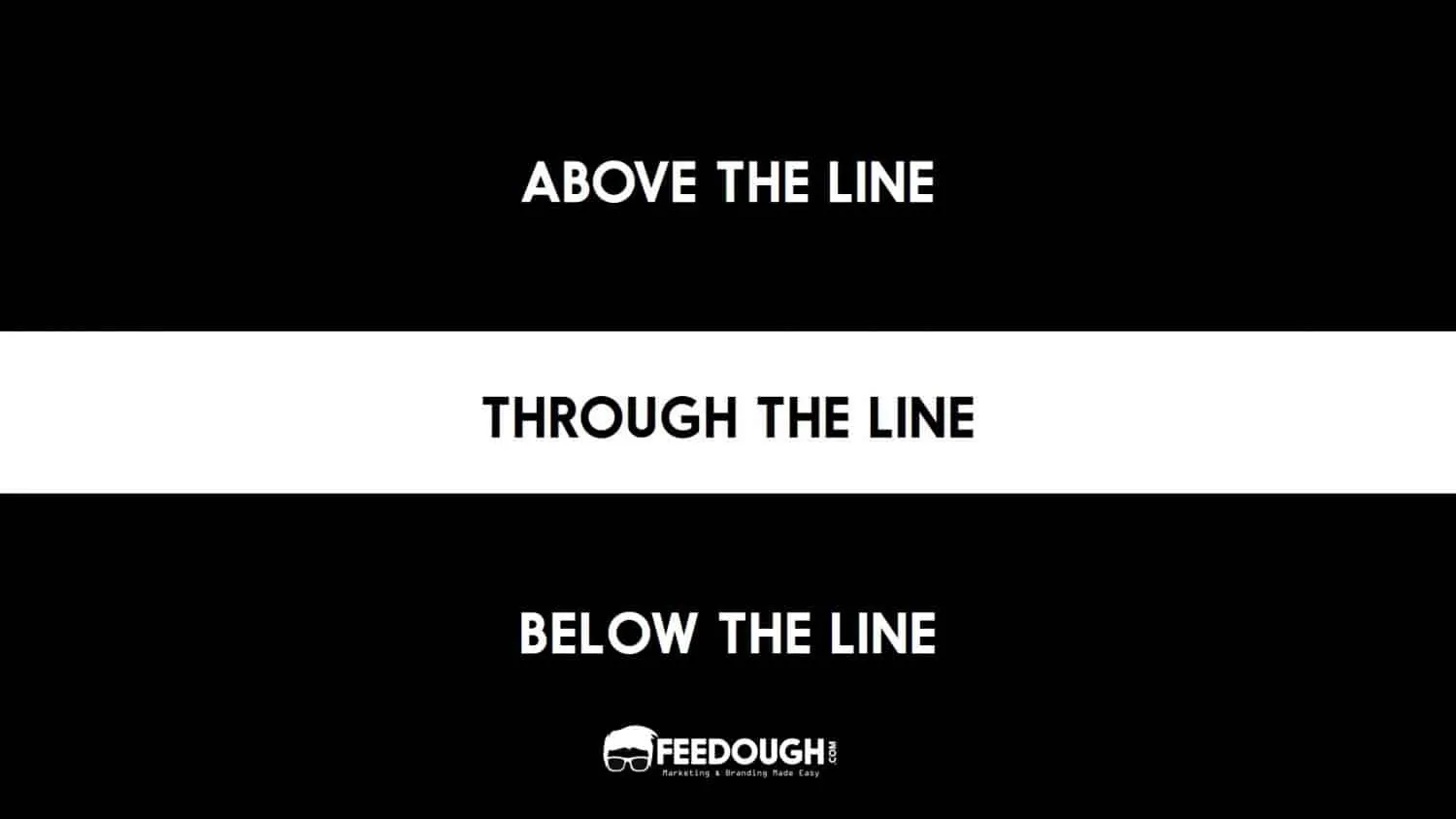Not so long ago, marketers could take almost a month to create a campaign, test it, and then launch it. But in today’s hyper-connected world, that timeline is no longer feasible. Today, they have to be prepared to jump on any relevant opportunity that presents itself and do it in real-time.
This led to the rise of a new phenomenon known as real-time marketing – a strategy disrupting how we used to think about marketing campaigns.
So, what is real-time marketing, what are its use-cases, how is it different from traditional marketing, and what are some examples of real-time marketing done right?
Let’s take a closer look.
What is Real-Time Marketing?
Real-time marketing is a marketing technique used by companies that use real-time data to create a personalised and interactive user experience.
It is based on the principle of being quick, relevant, and engaging. To be one, brands real-time data to jump on current trends and events, relevant to their products or services, as they happen.
For instance, a company might use data from current events, such as a celebrity’s marriage, to create an ad campaign that is both personalised and relevant to the user.
Real-time marketing relies on three major enablers:
- Anticipating customer needs: To be quick, brands need to anticipate what customers want and need at a particular moment. This requires brands to have a deep understanding of their customers and present trends, so they can create relevant content that appeals to them.
- Relevant messaging: Real-time marketing requires the content to be relevant to the current trends, events, or conversations happening at that moment.
- Agility: Given the fast-paced nature of real-time marketing, agility is key to being successful. Brands need to be able to create content quickly and efficiently without sacrificing quality.
Characteristics of Real-Time Marketing
Today, brands use numerous techniques to execute real-time marketing campaigns. From push notifications to live-tweeting to meme marketing, there are many real-time ways to reach consumers at the moment. However, all these tactics have these characteristics in common:
- Relevancy: Real-time marketing is all about creating content that is timely and relevant to the current conversation.
- Creativity: Creativity is what sets real-time marketing campaigns stand apart. Since these campaigns are usually unplanned, brands need to be able to come up with original content on the spot.
- Flexibility: The best real-time marketing campaigns are those that can be quickly adapted to changing circumstances.
- Agility: A true real-time marketing campaign requires a high degree of agility from the brand. This means being able to quickly respond to current events, trends, and customer requests.
- Preparedness: Real-time marketing requires brands to be prepared for anything. This means having a team in place that is ready to jump into action at a moment’s notice.
Benefits of Real-Time Marketing
Real-time marketing is a vital marketing strategy that does not follow traditional marketing techniques. Its benefits are:
- Increased competitive edge: Companies who can engage with their target audience in real-time have a competitive advantage over those who rely only on a traditional marketing plan.
- Increased Engagement: Companies with an active social media presence can actively engage with their target audience and convey their brand’s perspective. They can also provide timely solutions for their queries and increase their brand value.
- Increased Brand Awareness: When done correctly, real-time marketing can lead to increased brand awareness and reach. It even increases brand recognition and fosters consumer connections and trust.
- Better ROI: Real-time marketing generates better ROI as compared to traditional marketing techniques. The reason being, it is more targeted and engaging. Additionally, real-time marketing can be measured effectively so that companies know what’s working and what’s not.
Limitations Of Real-Time Marketing
Even though real-time marketing has a lot of advantages, it is not without its limitations. Some of them are listed below.
- It’s Not Always Relevant: The whole point of real-time marketing is to be relevant and responsive to current events. However, sometimes companies try to be too clever and end up being irrelevant. This can backfire and leave a bad taste in people’s mouths.
- It Can Be Difficult To Do: Real-time marketing requires a lot of coordination between different departments within a company. This can be difficult to do and often leads to errors.
- It Requires A Lot Of Resources: Creating content, coordinating campaigns, and measuring results all require resources. This can be costly and may not be feasible for all companies.
- It Can Be Done Incorrectly: If done incorrectly, real-time marketing can come across as tone-deaf, insensitive, or even offensive. This can damage a company’s reputation and alienate potential customers.
- It can be costly: Creating content, coordinating campaigns, and measuring results all require resources. This can be costly and may not be feasible for all companies.
When done correctly, however, real-time marketing can be an incredibly effective way to connect with customers and boost sales.
Challenges of Real-Time Marketing
Data-driven analytics has become an essential element of the media and advertising industries, allowing real-time optimisations. Nonetheless, there are several challenges to real-time marketing as well. They are as follows:
Time-Sensitivity
The key challenge with real-time marketing is that it is, by definition, time-sensitive. This means that there is often a very small window of opportunity to capitalise on current events. For example, if a celebrity dies, brands have a limited time to produce relevant content before the public moves on to the next event.
Relevance
Relevance is both a challenge and an opportunity for real-time marketers. On the one hand, it can be difficult to produce content that is truly relevant to current events. On the other hand, if brands are able to produce relevant content, they have a unique opportunity to connect with their audience on a deeper level.
Resource Allocation
Real-time marketing requires brands to allocate resources specifically for this purpose. This can be a challenge for brands that are used to planning their marketing efforts well in advance.
Technical Challenges
There are also technical challenges associated with real-time marketing. For example, if a brand wants to produce a video in response to a current event, they need to have the necessary equipment and personnel available on short notice.
Data Procurement
Data procurement can also be a challenge for brands practicing real-time marketing. In order to make informed decisions about what content to produce, brands need access to data that is current and relevant.
Privacy Concerns
User privacy concerns are also a challenge for brands practicing real-time marketing. In order to produce timely and relevant content, brands need access to user data. However, users are becoming increasingly concerned about how their data is being used and shared by brands.
Real-Time Marketing Techniques
Despite multiple obstacles, businesses are figuring out how to make real-time marketing work. Here are a few real-time marketing strategies companies use to engage with their customers in real-time.
Social-Media Marketing
It was social media that started it all. Social media platforms like Twitter and Facebook lend themselves well to real-time marketing because of their fast-paced, always-on nature.
There are a few things businesses do when using social media for real-time marketing:
- Monitoring: Brands constantly monitor social media platforms for opportunities to engage with their target audience. This could be in the form of a trending topic, a conversation involving the brand, or even real-time events such as a natural disaster or breaking news story.
- Responding: Once an opportunity is identified, businesses need to act fast and respond accordingly. This usually takes the form of a social media post, although some brands have been known to hijack trending hashtags on Twitter or create memes.
- Creating: In some cases, businesses will create content in advance that can be quickly published in response to a real-time event. This could be anything from a blog post to a piece of visual content like an infographic or meme.
Influencer Marketing
Influencers are social media users who have a large following and can persuade their audience. When they share content related to a company’s products or services, it can result in a significant boost in sales and brand awareness.
Businesses identify social media users who are influential in their industry or niche and collaborate with them to promote their products or services.
This type of marketing can be extremely effective because it’s coming from a trusted source. Moreover, influencers are proactive and always looking for new content to share with their followers, which makes them ideal partners for real-time marketing.
Influencer marketing is an upgraded version of word-of-mouth marketing. When an influencer recommends a product, their followers are more likely to try it out because they trust the source. This is why businesses are increasingly turning to influencer marketing to get their message out there and promote their products in a way that feels organic and trustworthy.
However, influencer marketing can be difficult to measure because there’s no guarantee that the people who see the content will take action. Additionally, it can be expensive to work with influencers, especially if they have a large following.
Paid Advertising
Paid advertising is a form of online marketing where businesses pay to have their ads displayed on platforms like Google, Facebook, and Instagram.
This form of marketing is agile, and businesses can change their campaigns on the fly to take advantage of current trends and news stories.
Paid advertising can be a very effective way to reach out to potential customers, but it can also be expensive. Businesses need to carefully consider their target audience and budget when planning paid advertising campaigns.
Email Marketing
Email marketing refers to the process of sending marketing messages or promotional content to a list of subscribers via email.
It involves building up a database of email addresses, usually through sign-ups on a website or social media platform, and then sending regular updates or newsletters to those subscribers.
Email marketing is an effective real-time marketing technique as it allows businesses to send timely messages directly to their target audience. It can be used to promote special offers, events, or new products and is a cost-effective way to reach a large number of people with minimal effort.
However, email marketing can also be difficult to get right. Messages can easily be ignored or deleted if they are not carefully crafted and if email marketing metrics are not properly analysed. It is also important to build up a large enough database of subscribers to make email marketing worthwhile.
SMS Marketing
SMS marketing is another real-time marketing technique that can be used to reach consumers quickly and easily. SMS messages are short, typically no more than 160 characters, which makes them easy to read and digest.
However, SMS messages can be considered intrusive, and many people do not want to receive marketing messages on their personal phones. As such, it is important to be careful with how SMS marketing is used.
IM marketing
With the advent of instant messaging applications like WhatsApp, Facebook Messenger, and WeChat, a new form of real-time marketing has emerged – IM marketing.
IM marketing messages are sent through instant messaging apps in the form of text, images, videos, or even voice notes. Users are already accustomed to receiving messages through these apps, which makes IM marketing a better real-time marketing option than other alternatives.
However, IM marketing can also be spammy if too many messages are sent or the messages are irrelevant to the user.
Push Notifications
Push notifications are a relatively new technology that is most commonly used on mobile devices. Push notifications can be used to send real-time updates and messages to users, even when they are not actively using an app.
However, the user has to accept to receive push notifications from a particular app or website before they will start receiving them.
Push notifications can be very effective in getting users to take action, but they can also be considered intrusive if they are not used carefully.
Real-Time Marketing Examples
Real-time marketing is a powerful marketing method for achieving company goals. So, let us look at successful companies embracing real-time marketing to promote their products or services.
Oreo
Oreo’s “You can still dunk in the dark” ad worked during Super Bowl XLVII in 2013 since the game typically draws 5.7 million people. That are many people who got the joke and shared it. They were also the first brand to seize the power outage as a marketing opportunity.
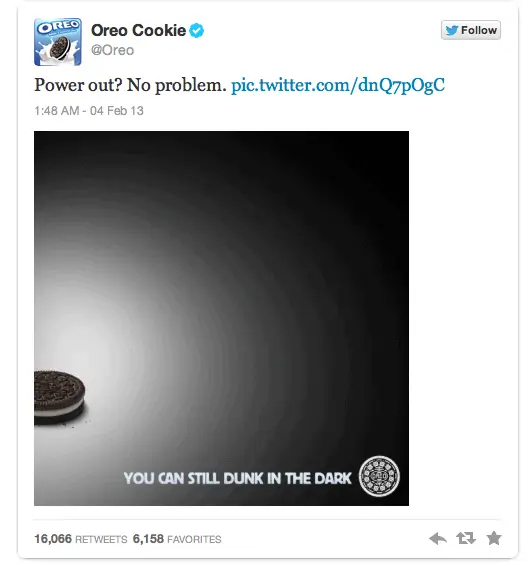
NASA
NASA wonderfully seized the focus during the OSCARS 2014 with a single tweet. As the film Gravity won multiple Academy Awards in 2014, NASA demonstrated how real gravity appears from space while playfully applauding the victory.

Taco Bell
Taco Bell Taco Bell has earned a reputation as a wonderful company on social media through its carefully designed brand messaging. It engages in enthusiastic real-time marketing and responds to Twitter messages nearly twice an hour daily.
The company has made it a goal to listen to its consumers online. It connects with them no matter what is going on that day, thus increasing its brand engagement.
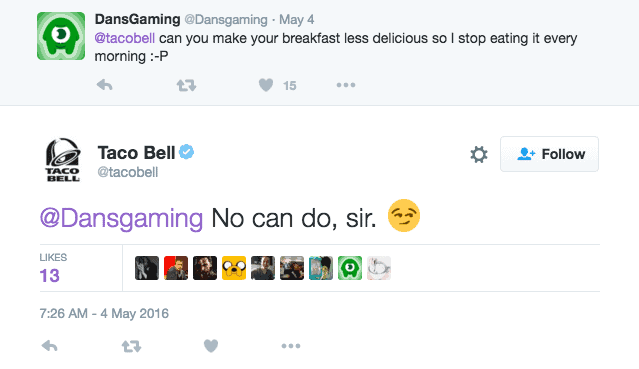
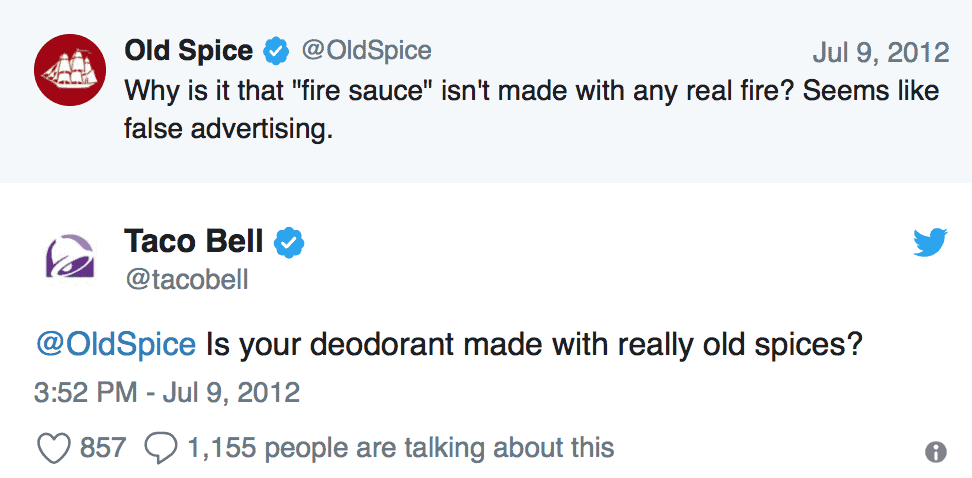
Ice Bucket Challenge
The 2014 ice bucket challenge was one of the most significant examples of real-time marketing. This phenomenon spread worldwide, and most brands and celebrities participated in that challenge.
The participation in the challenge was to promote ALS awareness and funds. However, because it was a current event and trend, companies jumped to try it too to improve their brand recognition.

Bottom Line
Real-time marketing is an essential part of a successful marketing strategy. It shows that sometimes continuous research, segmentation, and testing for long hours are not always necessary to affect the market. However, a lack of planning is a bet a business may or may not afford.
Thus, one should always remember that content marketing for content will never be as effective as relevant and memorable content for the right reasons.
Hence, companies must listen to their consumers and respond in real-time with relevant messages to help them attain their goals and grow their business. Real-time marketing is an excellent approach to demonstrate that they listen to and care about their customers.
Go On, Tell Us What You Think!
Did we miss something? Come on! Tell us what you think about our article on real-time marketing in the comments section.
A lawyer and an avid reader with a keen interest in company laws. Anwesha has good experience of writing in the legal and startup industries for well over 10 companies. In her free time, you can find her reading fiction and stargazing.



